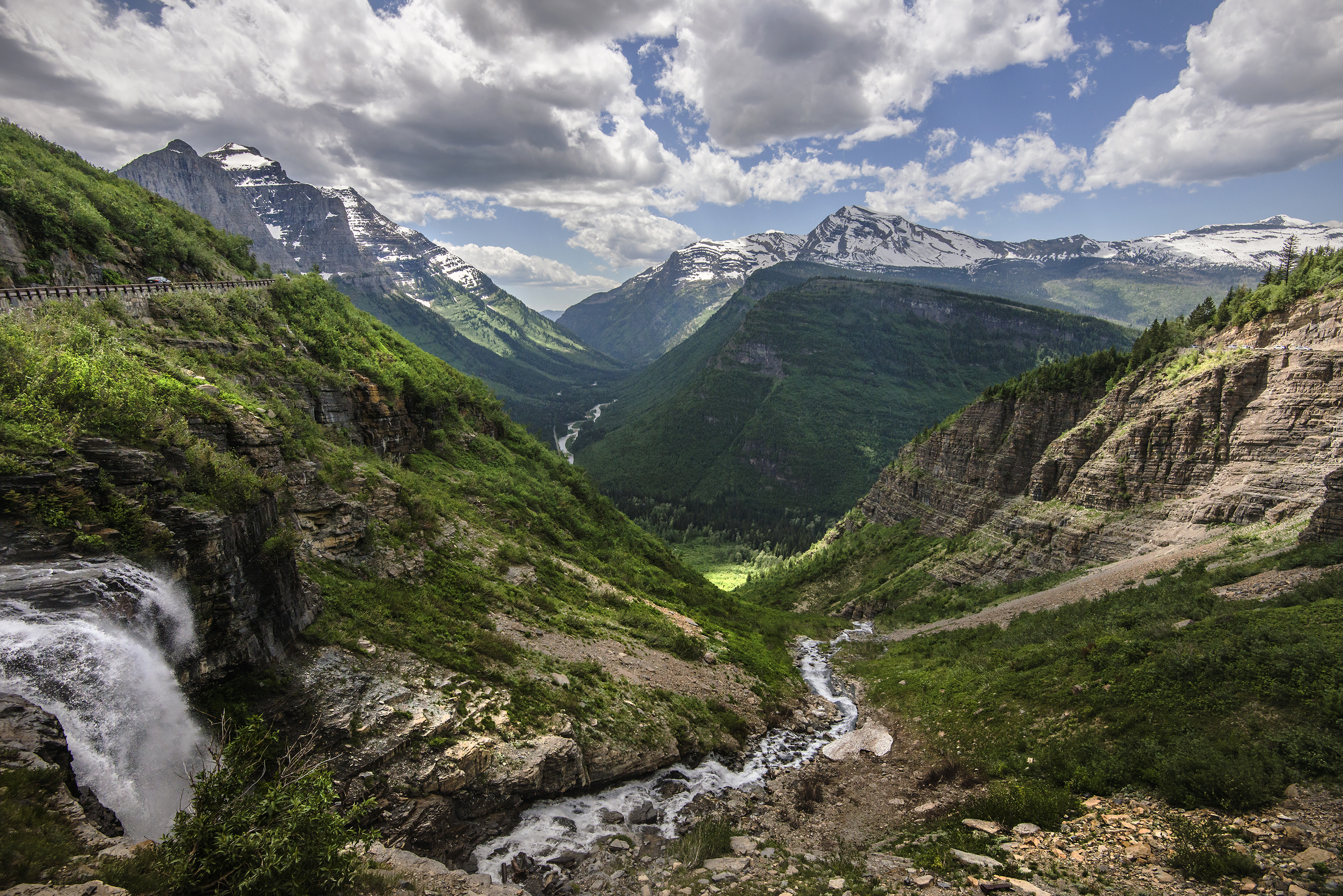Celebrate the National Park Service's Centennial Birthday

Birthdays are perfect for reflection. That’s why the Smithsonian is hosting a massive photo gallery and contest for the National Park Service’s big 100.
"America's national parks are a treasured asset, not only for the millions of visitors they host every year, but also for scholars who study the history of our species and planet," said Kirk Johnson Sant, director of the National Museum of Natural History.
"The long-lasting partnership between the National Park Service and the Smithsonian has yielded insights into everything from the fossils found in petrified forests, the lives sacrificed on Civil War battlefields, to the flow of wildlife in urban areas."
One prominent gallery features 60 images of 53 parks from 18 award-winning photographers. The Smithsonian also encourages amateur photographers to submit their work online to http://www.smithsonianmag.com/photocontest/tags/nps100/?no-ist
More information about the Smithsonian's upcoming events and special tours can be found here.
Click here to find a National Park near you.
History and facts about the National Park Service
-There’s more than 400 national parks employing about 20,000 people in the United States.
-The service traces its roots back to 1872, when Yellowstone was merely a public reservation. Artist George Caitlin is credited with being the first to voice the concept of national parks. The painter did so in 1832, though his suggestion hardly made it beyond the artistic community.
-President Theodore Roosevelt signed the Antiquities Act on June 8, 1906 named Devil’s Tower in Wyoming the first national monument that September.
-About 20 sites were designated national monuments by August 25, 1916, the day President Woodrow Wilson signed off on the creation of the National Park Service.
-The highest point in North America (Mt. McKinley, aka Mt. Denali) stands 20,320 feet and is located within Denali National Park and Preserve in Alaska.
-Mammoth Cave National Park in Kentucky is home to the longest cave system in the world. More than 3,450 miles of cave have been mapped--and more is still being explored. The biggest single portion of the cave system discovered to date is about two acres.
-White Sands National Monument stretches more than 176,000 acres in the New Mexico desert. It's also home to the largest gypsum dune fields in the world.
-Abraham Lincoln and Teddy Roosevelt each have four National Parks named for them.
-Florida's Everglades is the northern hemisphere's only true tropical forest. The Everglades are home to flora like 20 species of orchids and fauna like the Florida Panther.
-California and Alaska are tied for most National Parks in the country. Each state has eight such parks.